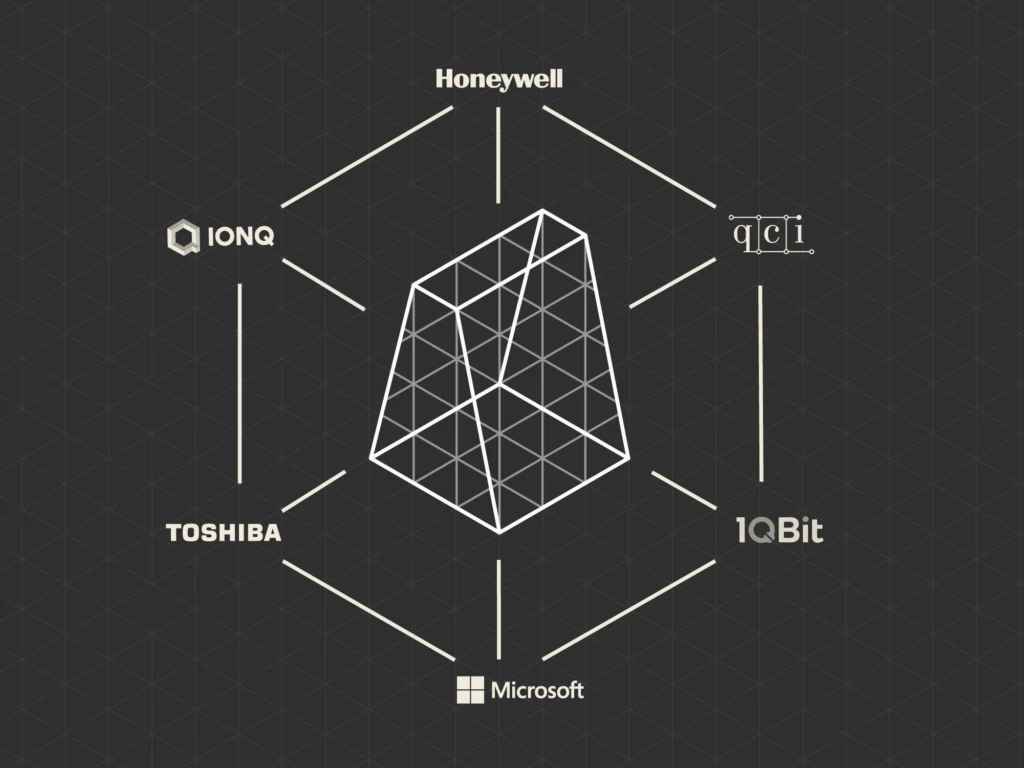News: SpaceX is aiming to fly the first all-civilian human space mission by the end of 2021
SpaceX has announced its first all-civilian private spaceflight mission, a high-priced galactic tourism launch that it hopes to fly by the fourth quarter of 2021. The mission, which will use SpaceX’s Dragon crew spacecraft and its Falcon 9 rocket, will include Shift4 Payments CEO Jared Isaacman, who is CEO of Shift4 Payments, as well as
SpaceX has announced its first all-civilian private spaceflight mission, a high-priced galactic tourism launch that it hopes to fly by the fourth quarter of 2021. The mission, which will use SpaceX’s Dragon crew spacecraft and its Falcon 9 rocket, will include Shift4 Payments CEO Jared Isaacman, who is CEO of Shift4 Payments, as well as three crew members to be selected and donated by Isaacman, his company and St Jude’s Children Research Hospital. That’s one way to drive product adoption.
The mission is bing called Inspiration4, and there’s already a significant digital presence for it, including a website with a countdown timer. Two of the of seats on the four person ride will be donated to St. Jude recipients, with one going to an ambassador for the children’s medical research center, and another going to a member of the public that will be chosen from entrants to an online contest based on either making a donation to St. Jude. The final seat will go to an entrepreneur who builds a business on Shift4’s platform, which enables payments for online stores.
Isaacman has committed $100 million to St. Jude’s as part of the Inspiration4 campaign, and will be looking to raise another $100 million or more from contributions made through the program. Prior to starting Shift4 Payments, which now processes over $200 billion per year in transactions, Isaacman created and led a private air force, which he later sold to Blackstone, the large global private military contractor. Isaacman’s business trained pilots for the U.S. Air Force, and he himself is a trained pilot certified on both commercial and military aircraft.

Shift4 Payments CEO and founder Jared Isaacman, the first named member of SpaceX’s first all-civilian human launch.
He’ll serve as the Dragon flight’s commander, which makes sense given that although the spacecraft flies in a fully automated fashion, there should still be someone with some kind of expertise on board in case of emergency. Isaacman’s history as a pilot, combined with the fact that he’s extremely rich, make him a great candidate for that role.
As to the nature of the mission, it’ll involve pre-launch commercial astronaut training, including instruction in orbital mechanics and zero gravity maneuvering. The flight itself will take off from Kennedy Space Center in Florida, and it’ll then circle the globe for multiple orbits (approximately one every 90 minutes, the company says), while the spacecraft remains aloft for multiple days. It’ll then re-enter Earth’s atmosphere and make a water landing in the Atlantic Ocean, where it’ll be recovered by a SpaceX crew.
SpaceX previously revealed that it would be looking to host private missions with Dragon once it was rated for human flight by NASA. Now we know when the first dedicated private mission is looking to take off – and it might even beat other private space tourism efforts out the door, including Virgin Galactic’s suborbital spaceplane day tours.
The Inspiration4 team and SpaceX are hosting a media call shortly, and we’ll update this post with additional details from that call once available.



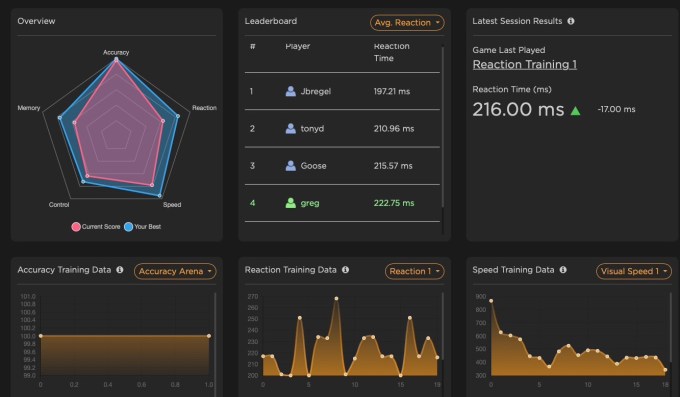
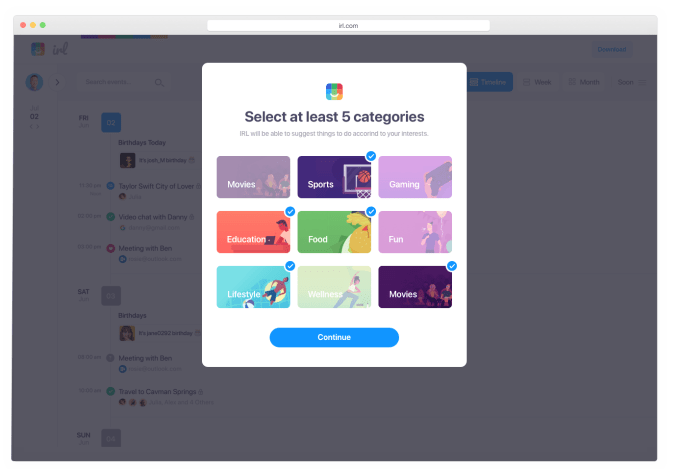
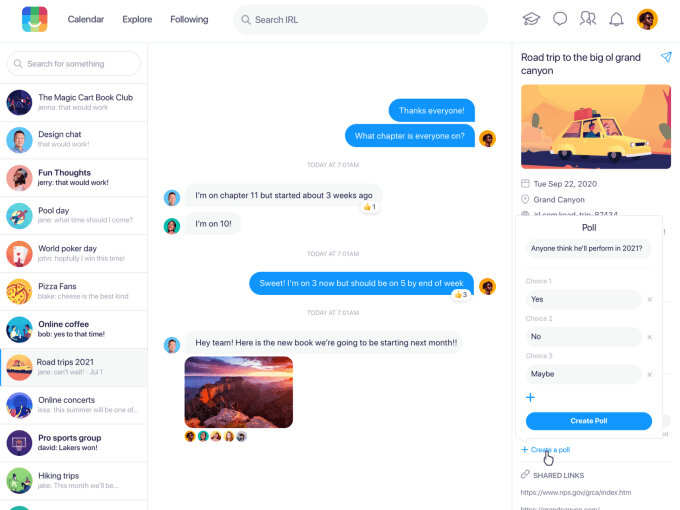
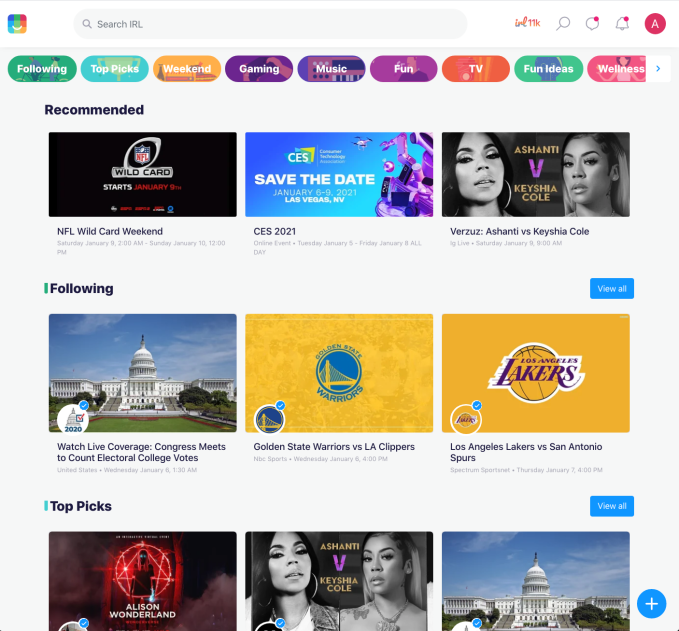
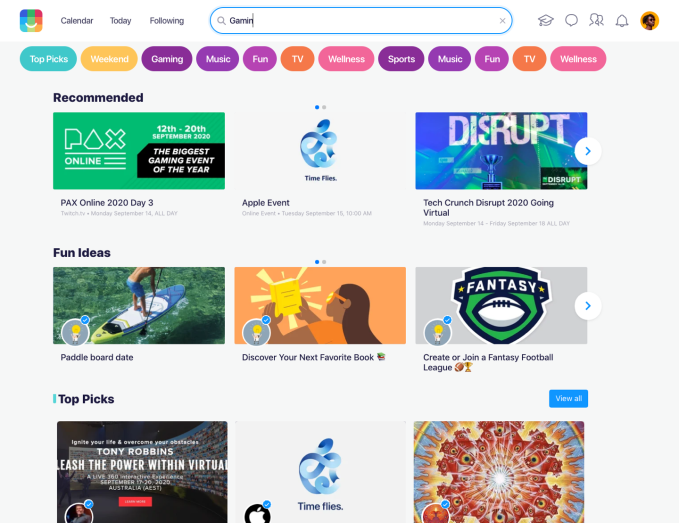
 and empowering workers through automation.” Its Automation Platform aims to “transform the way humans work” by giving companies a way to build out and run automations across departments.
and empowering workers through automation.” Its Automation Platform aims to “transform the way humans work” by giving companies a way to build out and run automations across departments.
